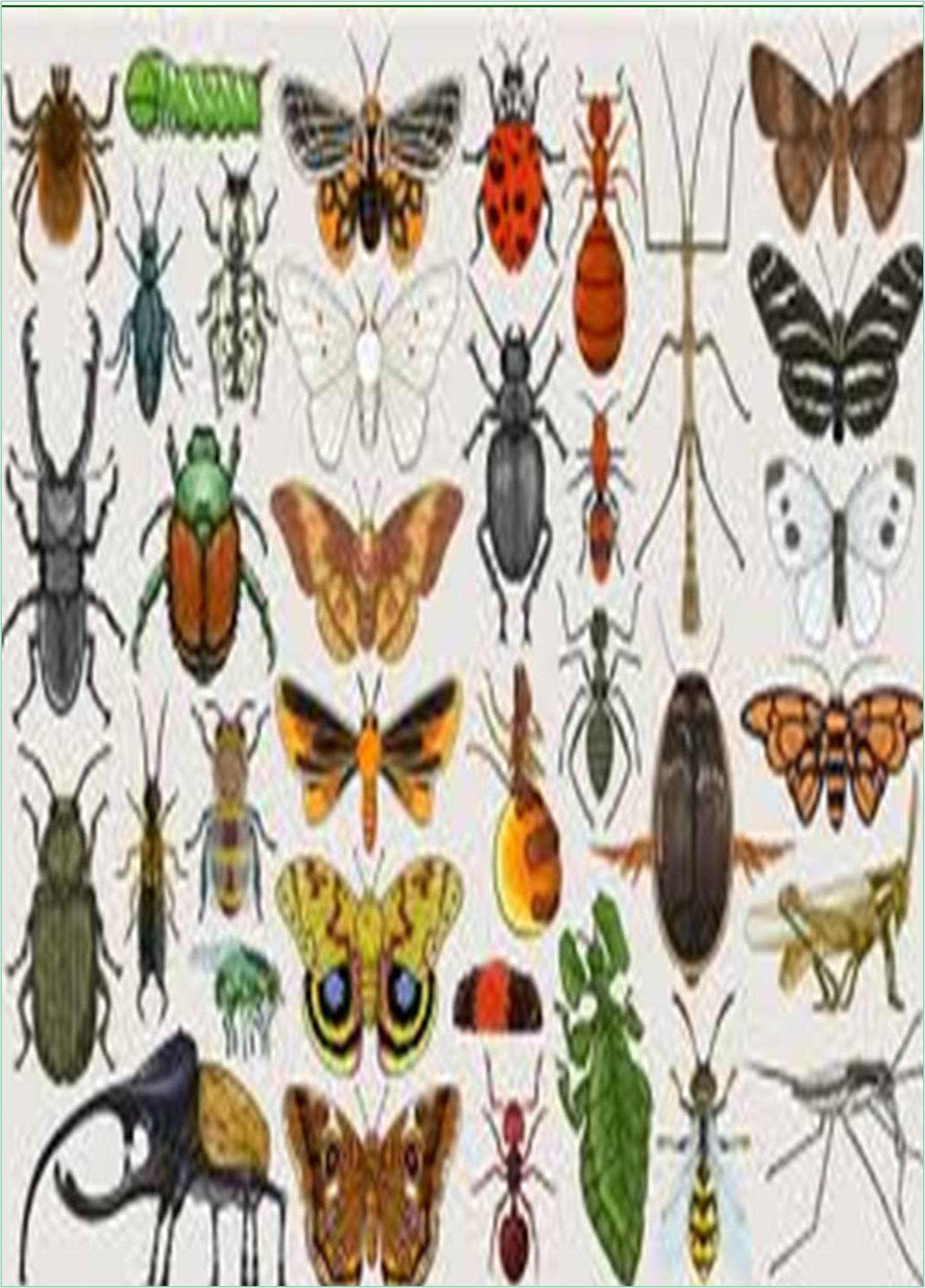



Received: 02-Feb-2022, Manuscript No. IJER-22-62567; Editor assigned: 07-Feb-2022, Pre QC No. IJER-22-62567(PQ); Reviewed: 21-Feb-2022, QC No. IJER-22-62567; Revised: 28-Feb-2022, Manuscript No. IJER-22-62567(R); Published: 10-Mar-2022, DOI: 10.15651/IJER.22.09.001
Myriapods are centipedes and millipedes, and some small relatives. Centipedes and millipedes are similar; both are like worms with many legs. In fact, they are arthropods, have a sturdy exoskeleton and articulated legs, and are associated with insects and crustaceans; these have a pair of antennae, most often one eye. The exception is the large, well-developed compound eye of the Scutigera; the mouth is on the underside of the head, with the "epistom" and labrom forming the upper lip, and a pair of upper jaws forming the lower lip. There is a pair of lower jaws in the mouth, it breathe through the spiracles connected to the tracheal system, similar to insects. There is a long tubular heart that runs through most of the body, but usually has few blood vessels.
During mating, male myriapoda produce sperm packs or spermatophores that need to be externally transferred to females. This process is often complex and sophisticated. Females lay eggs, which hatch into similarly shortened adults, with only a few parts and three pairs of legs. Scolopendromorpha and Geophilomorpha exhibits epimorphic development.
Myriapoda are most commonly found in moist forests and play an important role in decomposing rotten plants but some live in grasslands, semi-arid habitats, and even deserts. A very small proportion of species are on the coast .Most are corrosive, with the exception of the centipede which is primarily a nocturnal predator. Centipedes and some species of centipedes are capable of producing light and therefore bioluminescent. Pauropoda and symphyla are superficially similar to millipedes and are small, sometimes microscopic animals that inhabit the soil; centipedes differ from other groups in that their body segments are fused into pairs, with each segment having two pairs of legs and the other three groups having one pair of legs per body segment.
The mandibulata hypothesis is that myriapoda is a sister class of pancrustaceans, a group that includes crustaceans and hexapods (insects and their relatives).
Hexapoda is the closest in the atelocerata hypothesis, and chelicerata is the closest in the paradoxical foot hypothesis. Centipedes form the class Chilopoda. Fast, predatory and poisonousa and they mainly hunt at night, there are about 3,300 species of centipedes in the millipede class, most centipedes are slower than centipedes and eat leaves and detritus. They feature each pair of body segments fused into a single entity and appear to have two leg pairs per segment. About 12,000 species are listed, probably accounting for less than a tenth of the true global millipede diversity. The name "centipede" is a compound word consisting of the Latin roots miria ("thousand") and pes (genus Pedis) ("foot"), but centipede usually has 36-400 legs.
About 200 species of Symphyla are known all over the world, they are similar to centipedes but smaller and translucent, many live as fauna on the ground, but some live on trees. The juvenile has 6 pairs of legs, but over the lifespan of several years, add 1 pair at each mall and give 12 pairs of legs during adulthood. Pauropoda is another small group of small myriapoda. They are usually 0.5-2.0 mm long and inhabit the soils of all continents except Antarctica. Over 700 species are listed. They are a sister group of millipedes, and the tergum is believed to be fused through a pair of segments, similar to the more complete fusion of segments found in millipedes.
Various groups (clades) of myriapoda classes are proposed. Some of them are mutually exclusive and all represent the hypothesis of evolutionary relationships. Traditional relationships supported by morphological similarities (anatomical or developmental similarities) are challenged by more recent relationships supported by molecular evidence.
Dignatha (also known as Collifera) is a clade composed of centipedes and Pauropoda, with morphological similarities including the presence of modified jaws and thin layers of the jaw and thin layers, and the legs behind the head; Trignatha (also known as Atelopoda) is a group of millipedes and symphyla combined by mouth similarity; Edafopoda is a group of Symphyla and Pauropoda that are supported by a shared gene sequence but compete with Dignatha and Trignatha; Progoneata is a clade that includes centipedes, Pauropoda, and Symphyla, but excludes centipedes. Common features are the genital opening (gonopore) behind the second body part and the sensory hair (hair) with bulbous swelling and is compatible with either Dignatha or Edafopoda.